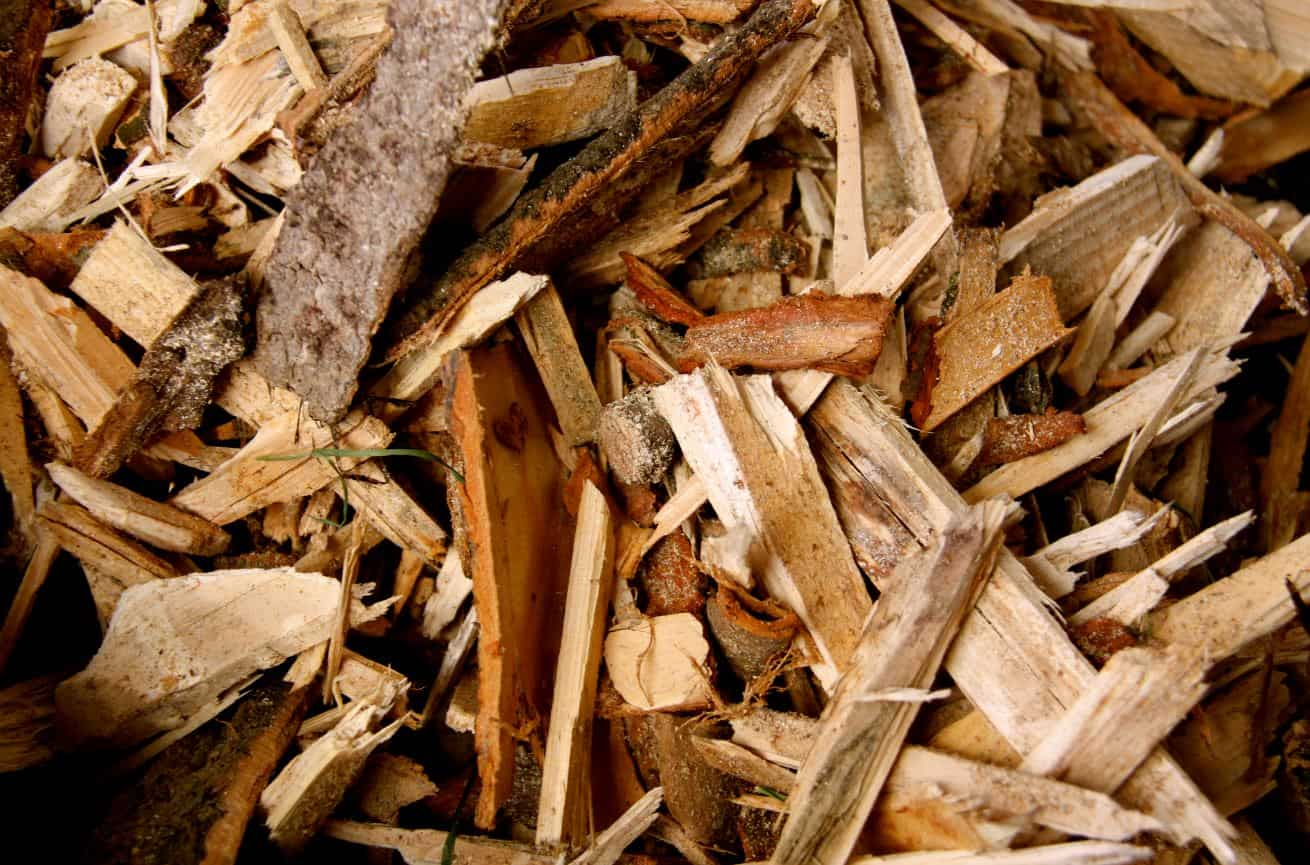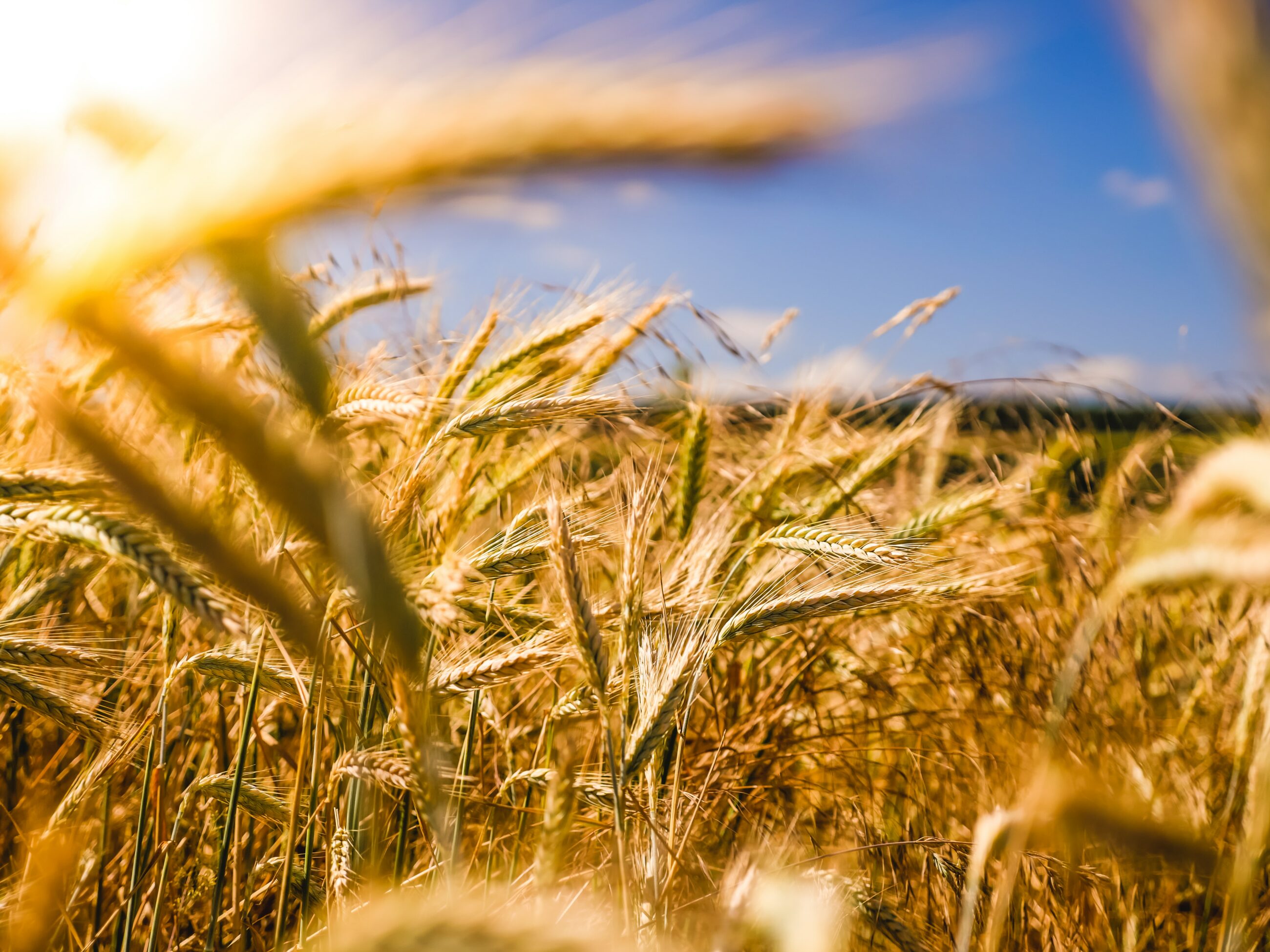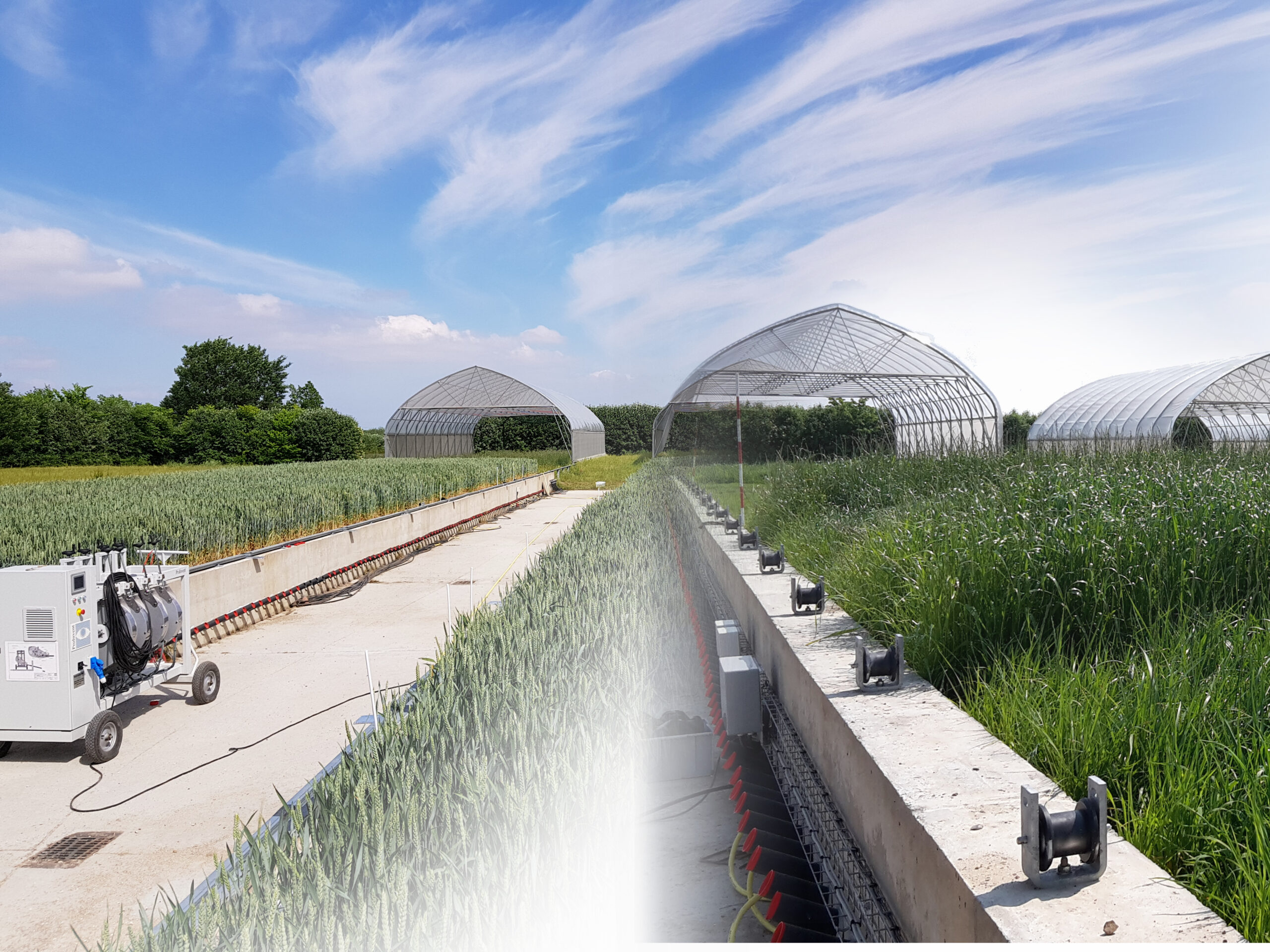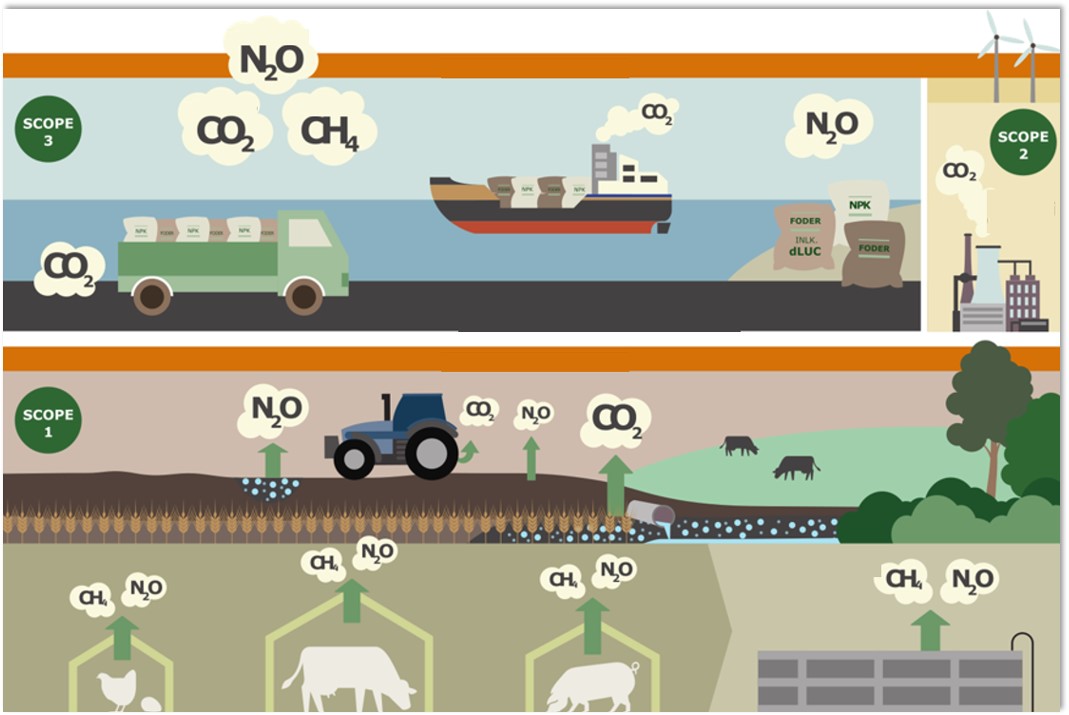News
Bioenergy
Biomass
Denmark legislates on sustainable biomass


Since 2009, Denmark has reduced the consumption of coal by 80 per cent. This rapid phase-out of coal, which has contributed to bringing down Danish CO emissions, has been possible not least due to the use of biomass. The general consensus is that biomass is a transition technology towards even more clean energy sources but at present there are no alternatives in sufficient quantities to significantly reduce biomass consumption in the short term.
However, there is a big difference in the CO2 footprint of different types of biomass. As a general rule, biomass helps to reduce emissions when it comes to forestry residues. If whole trunks from trees that are not replanted are used, the positive climate effect disappears. Therefore, a political majority now agrees to set legal requirements for the use of biomass in Denmark.
"The biomass used in Denmark must be sustainable"
- Dan Jørgensen, Minister of Climate, Energy and Utilities
“The agreement delivers on a promise the government gave when we took power [in June 2019]: the biomass used in Denmark must be sustainable. We now have an agreement that will help ensure that the biomass used is as sustainable as possible. In the long run, we will need much less biomass. But in many cases we do not yet have other alternatives to coal, which must be phased out as soon as possible,” said Dan Jørgensen, Danish Minister of Climate, Energy and Utilities.
Strict sustainability requirements
Among other things, the legal requirements mean that the biomass must come from legally felled trees and that felled trees must be replanted. Biomass from countries whose forests are in decline must not be used, unless it comes from sustainably managed forests or residual products. In this way, the CO2 storage found in the trees is preserved.
Nature areas must be protected and biodiversity must be taken into consideration. Requirements are made for emissions in the production chain to be kept at a low level, and the requirements for documentation of biomass sustainability are sharpened. Violation of the rules will result in sanctions.
Showing consideration for the climate and for biodiversity
“We are in the middle of a crisis for both climate and biodiversity. Deforestation and overexploitation of forests and nature increase global warming and destroy great natural values. Therefore, it is crucial that we now make increased demands on the sustainability of the wood that is used in Denmark. We must be among the frontrunners, also when it comes to using wood biomass sustainably,” said Lea Wermelin, Danish Minister for Environment.
The parties have emphasised that the proposal is ambitious, e.g. when it comes to climate sustainability. At the same time, the requirements are formulated flexibly for reasons of security of energy supply and consumer heating prices.
The industry is ready to implement
The Danish energy industry welcomes the legal requirements, which replace - and in some respects go beyond - the voluntary industry agreement that has so far regulated the area. The requirements are also a tightening in relation to the forthcoming EU requirements for biomass.
"Now full certainty has been created that Denmark uses only the very best biomass to shovel coal out of our energy system for the benefit of the climate"
- Kristine Grunnet, Danish Energy
“Now full certainty has been created that Denmark uses only the very best biomass to shovel coal out of our energy system for the benefit of the climate. The Danish politicians have decided which biomass the energy industry can use and which we should avoid. The industry is ready to implement the strict legislation,” said Kristine Grunnet, Managing Director of Renewable Energy at the industry association Danish Energy.
“Biomass has made it possible to get rid of coal quickly, and in the larger cities we will need biomass for some time yet. But we need to have many more heat pumps and other green technologies in play, so we use the green power to make more district heating in the future,” she continued.
Stable framework conditions
Similarly, the energy unit at the Confederation of Danish Industry (DI) is positive about the political agreement:
“With the political agreement, there is now assurance that biomass used in Denmark is sustainable. This is positive and hopefully creates political calm about this important element in the green transition. We will need the biomass in the future when we start producing sustainable fuel for planes, trucks and ships. There is no way around it. Therefore, I am pleased that we have now got the legislation in place, so we are ready for the development that will really take off in the coming years,” said Troels Ranis, Industry Director at DI Energy in a written comment to EnergiWatch.dk.
Background information
The use of biomass has increased significantly in the last two decades, making bioenergy the dominant renewable energy source in Denmark. Biomass has largely replaced the use of coal in the Danish electricity and heating sector. In 2018, renewable energy accounted for 33 per cent of Danish energy consumption. Solid biomass accounted for 64 per cent of Denmark's total consumption of renewable energy, while wind energy represented 20 per cent and solar 7 per cent.
Many forms of renewable energy - including wind and solar - are fluctuating energy sources, where production depends on the weather. These energy sources cannot be stored, but bioenergy can. Therefore, bioenergy can play a crucial role in ensuring security of supply in an energy system with a very high proportion of renewable energy.
Just over half of the wood biomass used is imported.
Approx. 2/3 is used for electricity and district heating and approx. 1/3 for individual heating.
According to international rules, CO2 emissions are included in the country where the biomass is harvested. Some countries do not have binding reduction targets or do not include forestry in their CO2 accounts, which creates a risk that Danish consumption of biomass leads to global CO2 emissions that are not booked.
Since 2014, Denmark has had a voluntary industry agreement on sustainable biomass, which includes plants over 20 MW.
A forthcoming EU directive for renewable energy, which must be implemented in Danish law, contains i.a. requirements for the sustainability of biomass fuels from forestry.
The agreement has higher requirements for sustainability in several respects than both the industry agreement and the EU directive.
The agreement
The forthcoming legislation will i.a. contain the following requirements:
- the trees must be legally felled
- felled trees need to be replanted
- natural areas must be protected and biodiversity must be taken into consideration
- the carbon stocks and carbon sinks of forests must not decline in the short and medium term
- emissions in the production chain must be kept at a low level
- documentation and verification must ensure that the requirements are complied with
The parties also agree that the sustainability criteria will be followed up by an analysis in 2023, which will generally assess the sustainability of the energy sector's consumption of biomass and evaluate the requirements.
Sources
The Danish Ministry of Climate, Energy and Utilities (in Danish)
Danish Energy (in Danish)
EnergiWatch (in Danish)
You should consider reading
publications
Resource efficient production
+15















